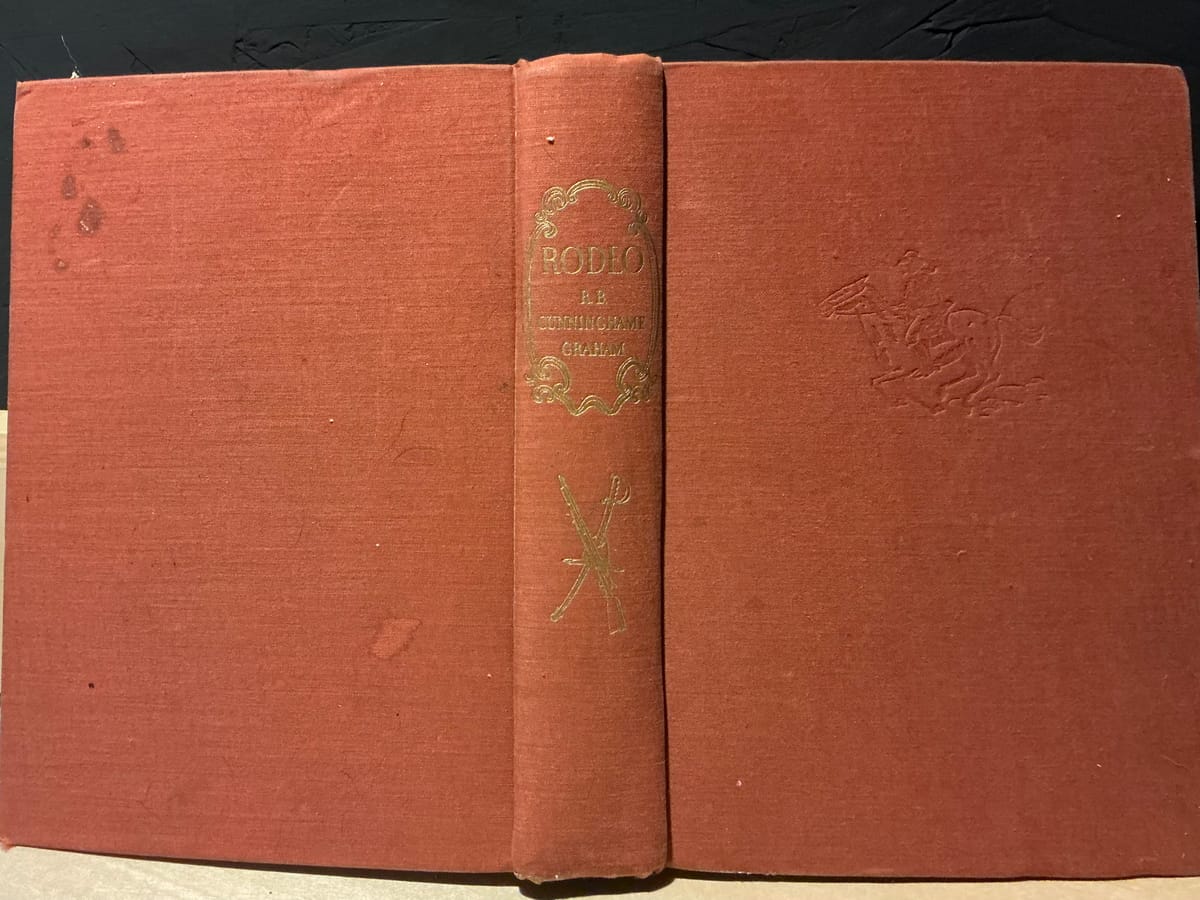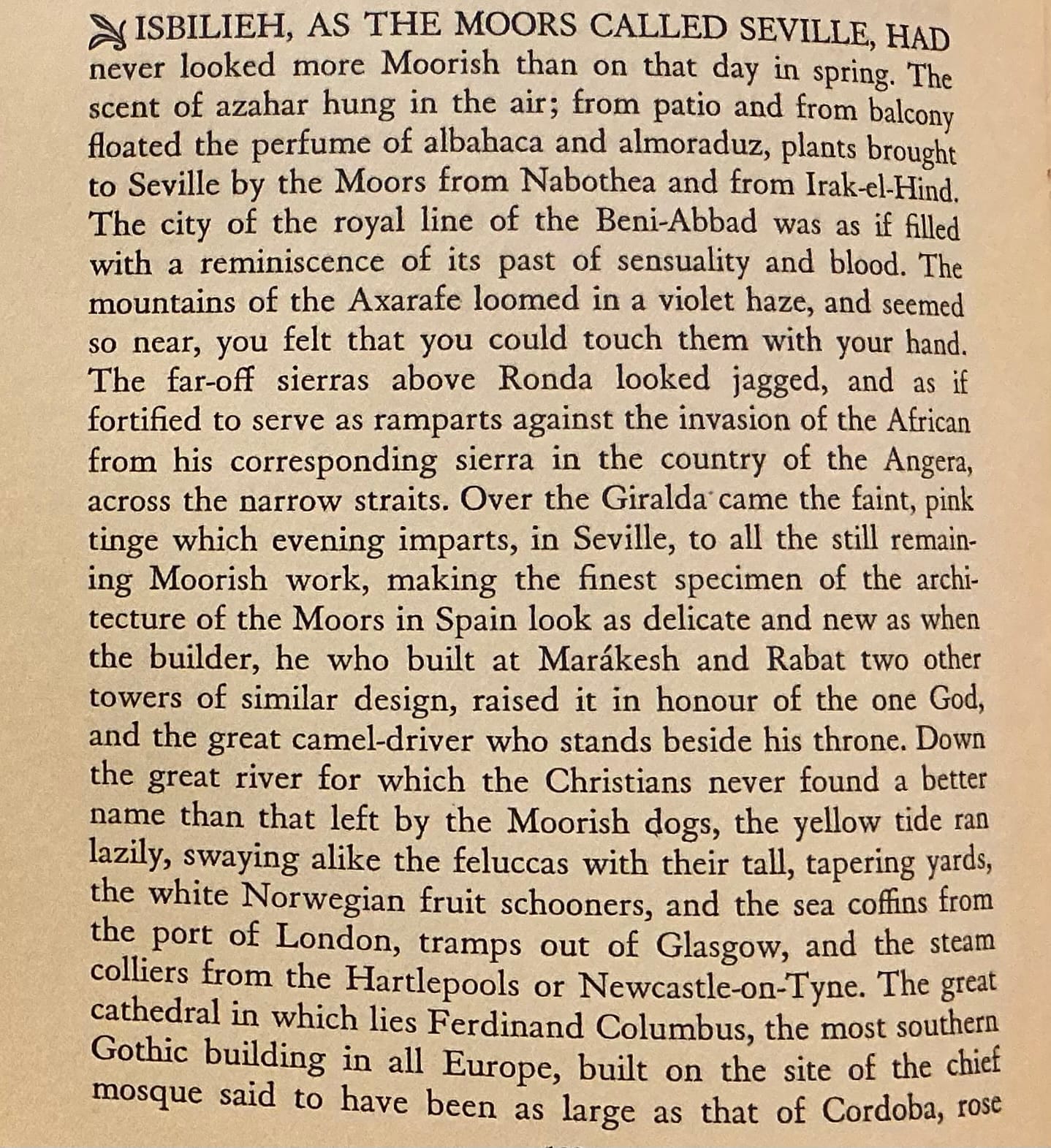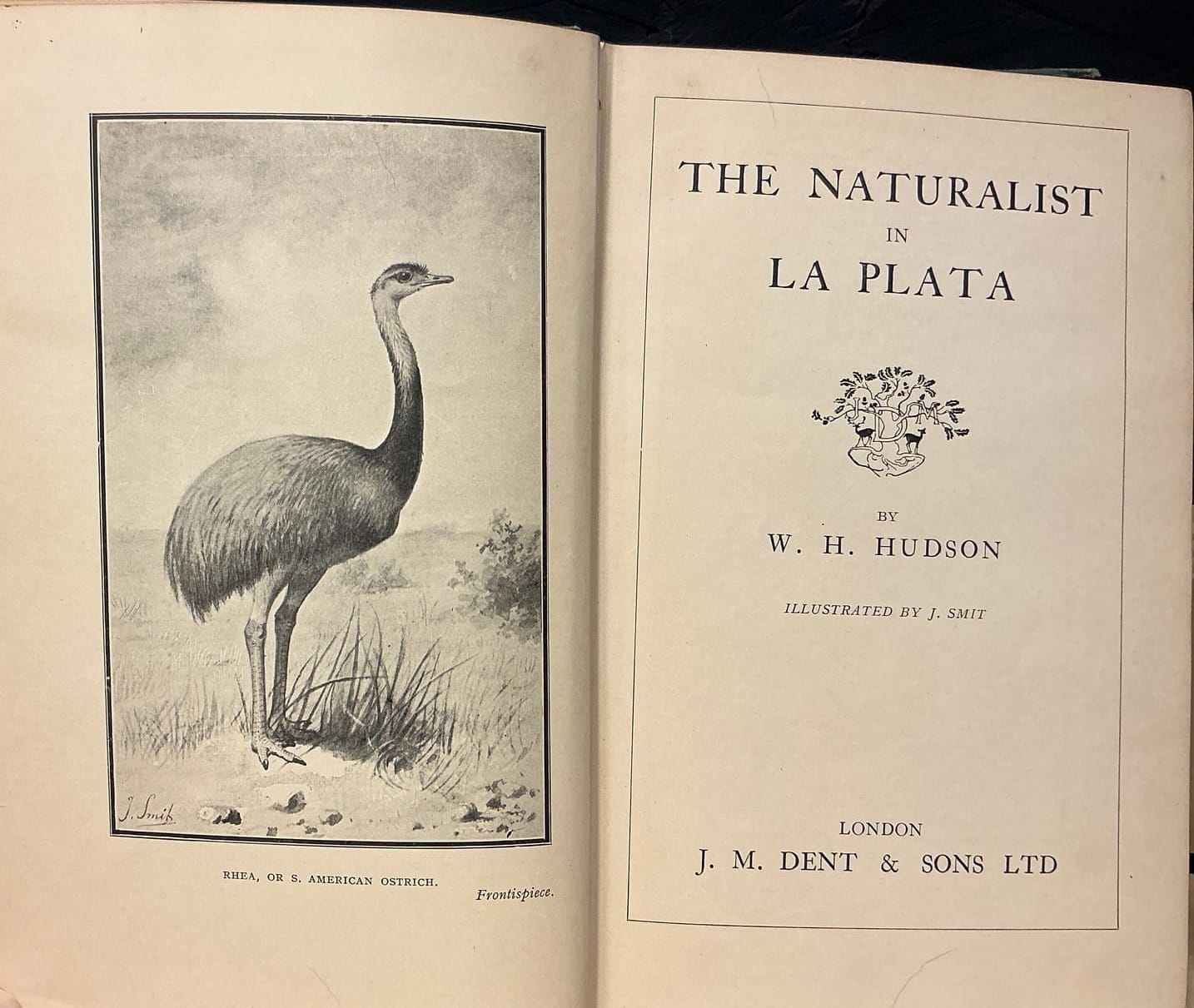What I am Reading Now

A great way I have of finding interesting books at my favorite bookstore (Bonner’s Books in Bonner’s Ferry Idaho) is to look for books with old bindings like cloth or leather. My best finds have been in the travel section. The classics or near classics are easy enough to find. Other sections like travel or local interest or history may find some rough gems.
Rodeo by R.B. Cunninghame Graham is a great example. I had never heard of the author which surprised me because of the subject matter and the company he kept meant I should have heard something of him.
He lived from 1852 to 1936 and was a writer and MP for Scotland. According to Wikipedia he was also ‘a founder, and the first president, of the Scottish Labour Party; a founder of the National Party of Scotland in 1928; and the first president of the Scottish National Party in 1934.’. I am sure my Scottish friends would be well familiar with him.
He was also a prolific writer and had many friends in the literary field like Conrad, Ford Maddox Ford, Chesterton, and Shaw amongst others. He was one of those remarkable Victorian gentlemen that seemed able to pack three lives into one. (One suspects enabled by a family fortune public school at Harlow and all that…)
He also lived and travelled in a remarkable time. He was a contemporary of Teddy Roosevelt, travelled extensively in Mexico, Texas, and the Southwest at the time of the Apache and Comanche conflicts before the ‘West was Won’. He knew Buffalo Bill as a friend. He lived and worked in Argentina and Uruguay in the same time period. Times and places populated with rough characters, violence, and wide spaces.
He seemed to specialize in what some referred to as verbal snapshots. Short stories adorned with great descriptive detail. Told from a first-person perspective they are in some ways nostalgic and romantic but rarely cloying and were imbued with a sense of authenticity—rich in the local language and lingo.
Rodeo is a fairly late collection of his work published in 1936, the year of his death. His introduction seemed long winded and self-preening and almost put me off the book. The stories are much better. At first his prose hits one with that heavy stuffiness characteristic of literature of the time. In this age of TLDR it smacks of ‘too many notes’. Quickly, however, I settled into the pace and became absorbed in the subject and his knowledge.
He sought his fortune originally in Argentinian cattle ranching and became a dab hand at ranching and horsemanship. This gives these sections a distinct air of authority.
He describes rather well a trip his friend A.F. Tschiffely took riding on horseback from Argentina to New York city. A remarkable journey of 15,000 miles and 3 years that was a sensation at the time. Tschiffley wrote a biography of R.B.C.G as he was known.
His story of Seville on the day of a bullfight was wonderful in its description (He spent time prospecting for gold in Spain.) in his story ’Reincarnation’. An excerpt from the beginning I added below...

Overall I can recommend his writing if you have interest in this time period and want an idea of what these places were like then. You will not learn much history which I think is a bonus as it covers the much overlooked subjects of peoples and their lives and environs.
The only niggle I have is that one does not really know when each story was written. Most do not reference specific historical events and many were published in periodicals I suspect so would have been ‘contemporary accounts’ so dates were not required. His biography would help to untangle some of this I suspect.
I find it thoroughly enjoyable and each story short and complete of itself.
On a side note a more recent trip to the book store has left me with another old volume. Once I have found a new vein of literature I like to find adjunct works. This new one that I have not cracked open yet is called The Naturalist in La Plata by W. H. Hudson. It was first published in 1893 (My edition was printed n 1939) and covers the natural history of the La Plata river which places it in nearly the same time and place as Graham’s work.



